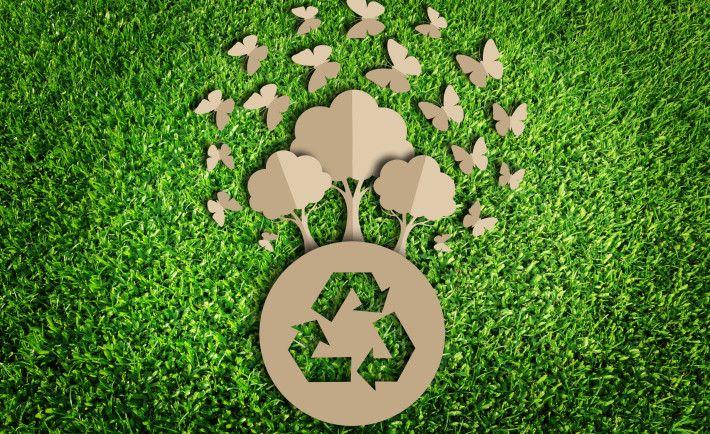What is Recycling? How is it done?
Recycling is the process of collecting, processing, and reusing used or waste materials to produce new products. This process has various advantages, such as preserving natural resources, saving energy, and promoting environmental sustainability. Recycling helps prevent used materials from ending up in landfills, thereby reducing negative impacts on the environment.
The recycling process generally involves the following stages:
-
-
Collection: The first step is the collection of used materials. This can be done through separate collection bins or recycling containers in homes, workplaces, and communities.
-
Separation: The collected materials are sorted into recyclable and non-recyclable categories. The sorting process can take place in specialized facilities for different material types like plastic, paper, glass, and metal.
-
Processing: The separated materials are cleaned, ground, or subjected to other processes in specialized facilities. This stage prepares the materials for recycling.
-
Remanufacturing: Processed materials are used in the production of new products. For example, recycled paper pulp can be used to manufacture new paper, or recycled plastic can be used to produce new plastic products.
Recycling not only reduces environmental impacts but also contributes to energy savings and prevents the depletion of natural resources. Individuals, businesses, and communities can support an eco-friendly lifestyle by actively participating in recycling efforts. In addition to recycling, other sustainability practices such as reconsidering consumer behaviors, reducing waste, and using renewable resources are essential for a holistic approach to environmental conservation.
-
-





